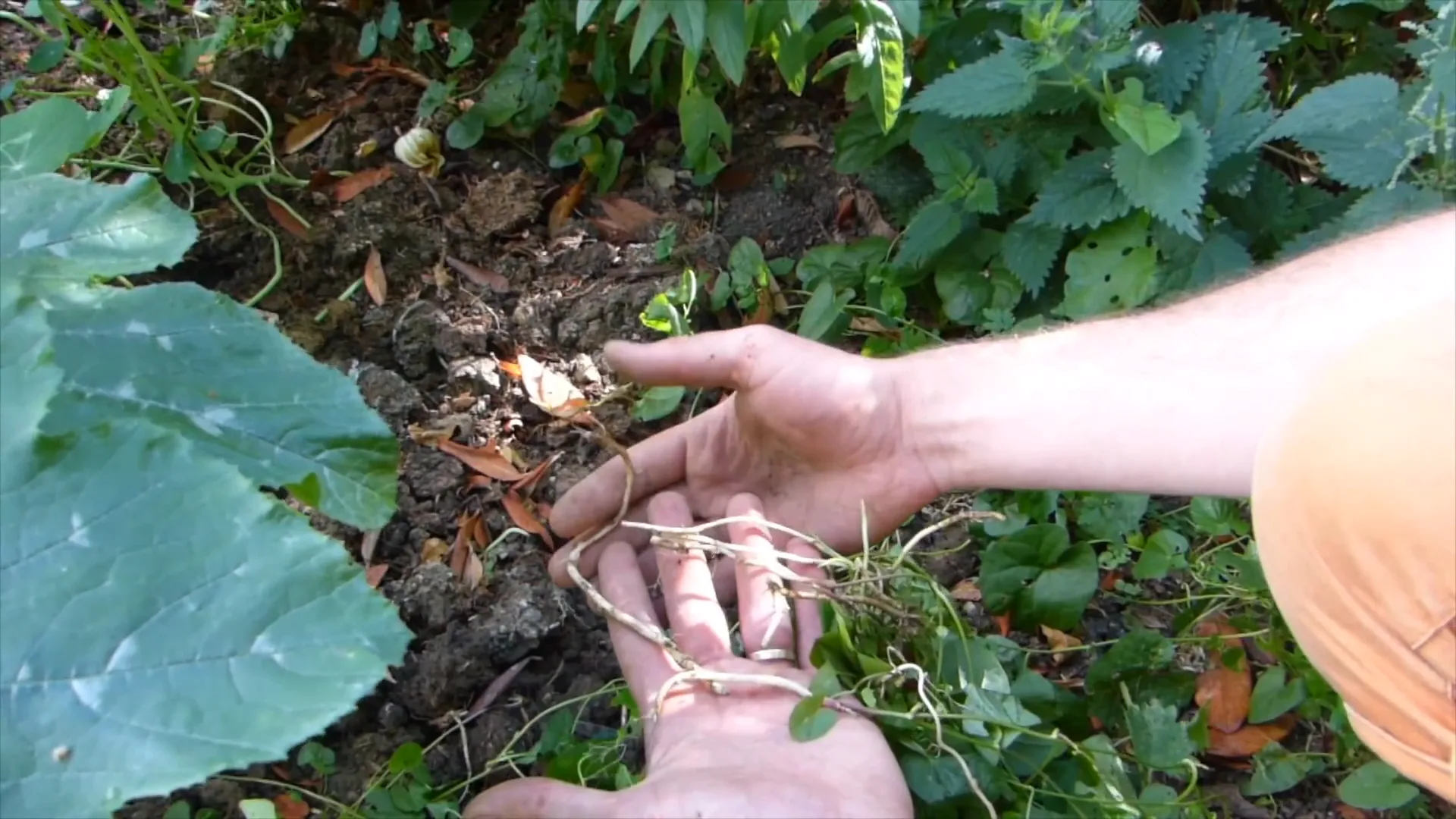Essential Tips for How to Start a Vegetable Garden 🌱
Starting a vegetable garden can be one of the most rewarding decisions you ever make. Whether you’re a seasoned gardener or a complete beginner, understanding the fundamental elements is key to a thriving garden. In this guide, we’ll explore how to start a vegetable garden, covering everything from location and layout to planting and maintenance.
Step 1: Choose the Right Location ☀️

The first step in starting your vegetable garden is selecting the right location. Most vegetables thrive in direct sunlight, needing about six to eight hours of sunlight daily. This is especially crucial in cooler climates.
If you live in a hotter area, you might want to find a spot that offers both sun and some shade, particularly during the hot summer months. This balance allows you to grow cool-season crops like cabbage and spinach more effectively. Take the time to observe your yard throughout the day to identify shaded areas and how they shift.
It’s also important to consider wind exposure. Your ideal garden should be sunny but also sheltered from strong winds. This creates a more favorable growing environment for your vegetables.
Step 2: Plan Your Garden’s Layout 📏

Once you’ve chosen your location, the next step is planning your garden’s layout. Raised beds are a fantastic option as they facilitate better drainage, which is essential in areas with heavy winter rainfall. They also make it easier to reach your crops without stepping on the soil, avoiding compaction.
When planning your raised beds, keep them about four feet wide, allowing easy access from both sides. The paths between your beds should be at least 18 inches wide, accommodating a wheelbarrow for easy transport of materials.
Proper spacing is crucial. Avoid overcrowding your plants to ensure they have enough room to grow. This means planning your layout carefully before you start planting.
Step 3: Prepare the Soil 🧑🌾

The quality of your soil plays a significant role in the success of your garden. Ideally, your soil should be well-drained and rich in organic matter. If your garden has heavy clay or sandy soil, you may need to amend it with compost or well-rotted manure.
The no-dig method is highly recommended as it preserves the soil’s structure and the beneficial organisms within it. Simply layer organic matter on top of the existing soil instead of turning it over. This allows earthworms and other organisms to integrate the nutrients into the soil naturally.
Now is also the perfect time to set up a composting area. Composting not only helps you recycle kitchen waste but also provides nutrient-rich material to enhance your garden’s soil.
Step 4: Clear Weeds and Debris ❌

Before planting, it’s essential to clear your garden of any weeds and debris. Weeds compete with your crops for nutrients, so starting with a clean slate is crucial. One effective way to manage weeds is to cover them with organic matter, such as mulch, which suffocates the weeds while retaining moisture in the soil.
For persistent perennial weeds, you might need to cover the area with a dark membrane to weaken them before planting. This proactive approach gives you a head start on controlling unwanted growth.
Step 5: Begin Your Planting Plan 🌼

Now comes the exciting part: planning what to plant! Start with perennial vegetables like rhubarb and asparagus, as these will be in the same spot for years. Pay attention to where you place these plants, as you won’t want to relocate them later.
For your other crops, prioritize vegetables that you enjoy eating. In smaller gardens, focus on high-yield plants like climbing beans, tomatoes, and salad greens to maximize your harvest.
Consider using gardening software to help with spacing and timing. This can prevent overcrowding and ensure that your plants have adequate room to grow. Companion planting can also enhance your garden’s productivity, so look into which plants grow well together.
Conclusion
Starting your own vegetable garden is not just a step towards sustainability but also a rewarding way to connect with nature and enjoy fresh, homegrown produce. By carefully selecting the right location, planning your layout, preparing nutrient-rich soil, and maintaining your plants with care, you can create a thriving garden no matter your skill level or space constraints.
Remember, gardening is a journey of learning and growth. Embrace the process, celebrate your successes, and learn from any challenges you encounter along the way. With dedication and patience, you’ll soon enjoy the fruits (and vegetables!) of your labor. Happy gardening! 🌱
FAQ Section 🤔
What vegetables are easiest to grow for beginners?
Some of the easiest vegetables for beginners include lettuce, radishes, carrots, and beans. These crops tend to germinate quickly and require less maintenance.
How much water do vegetables need?
Most vegetables require about an inch of water per week. This can vary based on the type of vegetable, soil conditions, and climate, so always check the moisture level of your soil.
When is the best time to plant a vegetable garden?
The best time to plant depends on your growing zone. Generally, wait until the last frost date in your area has passed to plant warm-season vegetables.
Can I start a vegetable garden in a small space?
Absolutely! Container gardening is a great option for small spaces. You can grow a variety of vegetables in pots on a balcony or patio.
What should I do if my plants are not growing well?
If your plants are struggling, evaluate their light, water, and nutrient levels. Ensure they are getting enough sunlight and check for pests or diseases. Adjust your care routine as needed.


